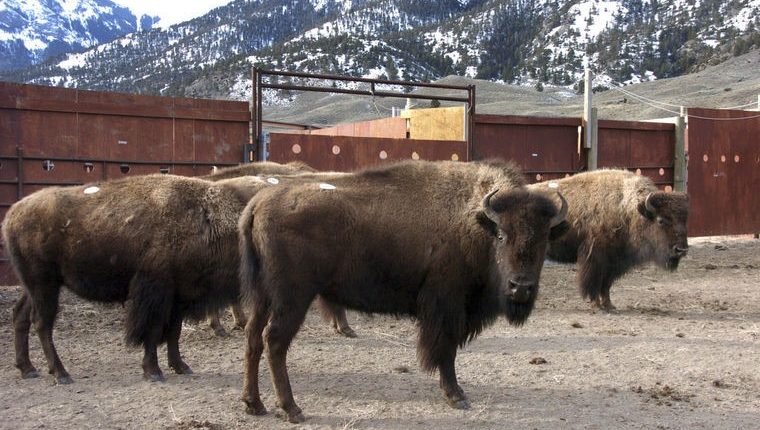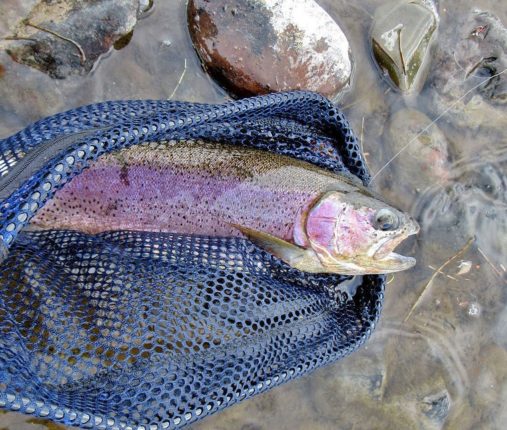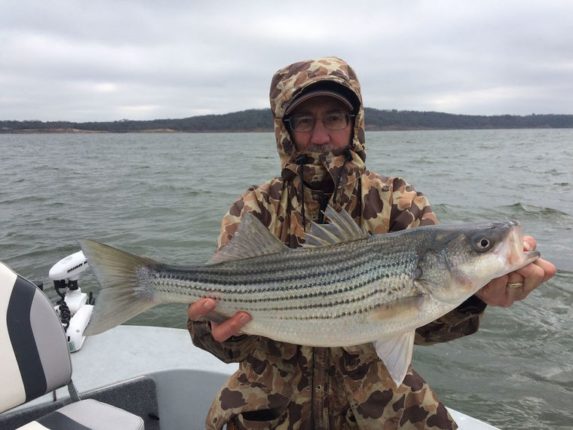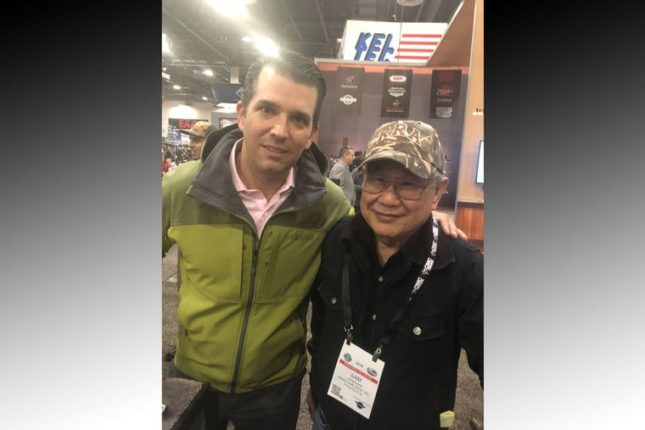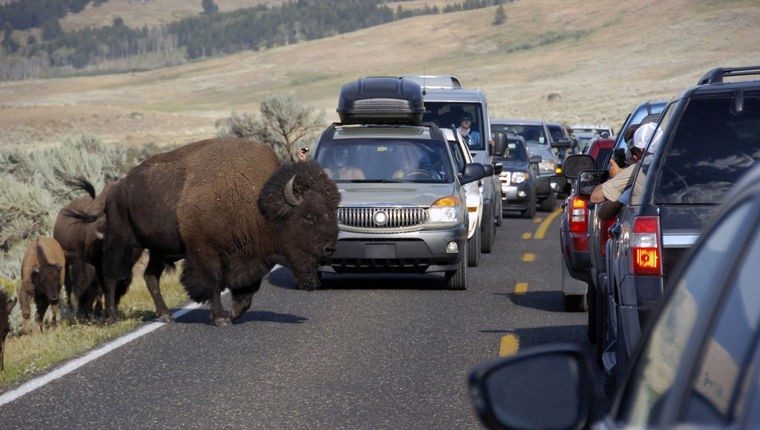Looking for something wild to do during the next couple of months? How about attending one of the upcoming sportsmen’s banquets?
Sportsmen’s organizations from around the region typically schedule their banquets and fundraisers this time of year. It is the perfect time to get together as fellow outdoors and wildlife enthusiasts and do something wild for wildlife.
Banquets are so much more than just an opportunity to eat good food and have fun with the family. They also function as fundraisers to generate money for wildlife conservation, community contributions, and youth programs — right here in southeastern Idaho.
If you would like to help these groups continue with their tireless efforts, consider buying an annual membership or volunteering your time to help with a project. You can also make a contribution by attending a sportsmen’s banquet or fundraiser — and bring the whole family. From great food, to raffles for wonderful prizes, to auctions for fabulous items and games for the kids — there is something for everyone.
Not sure when or where your favorite group’s banquet is? Check out the information below for upcoming events in Southeast Idaho, or search the internet for the information. Most sportsmen’s organizations have a website with chapter contact information.
Some wonderful groups have already held their banquets this year, and my sincere apologies for not getting the word out in time for their fundraisers. However, you don’t have to go to a banquet or fundraiser to make a difference to wildlife. Local groups like Ducks Unlimited, Safari Club International, Blackfoot River Bowmen, Southeast Idaho Flyfishers and others are always looking for new members and donations to further their conservation efforts.
Rocky Mountain Elk Foundation, Southeast Idaho Chapter
When: Saturday; doors open at 5 p.m., and dinner is served at 6:30 p.m.
Where: Shoshone-Bannock Hotel & Event Center, 777 Bannock Trail, Exit 80 off Interstate 15 in Fort Hall
Ticket and banquet information: Contact Karen at 208-242-9065 or visit www.rmef.org/Idaho/SoutheastIdaho.aspx. Tickets can be purchased online.
Mule Deer Foundation, Malad Chapter
When: March 3; doors open at 6 p.m.
Where: Malad High School, 181 Jenkins Ave., Malad City
Ticket and banquet information: Call Shane Wood at 208-317-6255
Mule Deer Foundation, Southeast Idaho Chapter
When: March 10; doors open at 5 p.m., and dinner is served at 6:30 p.m.
Where: Courtesy Ford, 1600 Yellowstone Ave. in Pocatello
Ticket and banquet location information: Call Gabe Allen at 208-241-4241
National Wild Turkey Federation, Southeast Idaho Chapter
When: March 10; doors open at 5 p.m.
Where: Red Lion Hotel, 1555 Pocatello Creek Road in Pocatello
Ticket and banquet information: Contact Joe Foster 208-339-0948 or lclm198@gmail.com or visit https://events.nwtf.org/120070-2018. Tickets can be purchased online.
Pheasants Forever, Franklin County Chapter
When: March 17; doors open at 5:30 p.m.
Where: Robinson Building at the Franklin County Fairgrounds
Ticket and banquet information: Contact Kody Purser at 208-760-7096 or chp0820@pfofficers.org
Pheasants Forever, Southeast Chapter
Banquet or membership information: Contact John Lambregts at 208-552-9675 or chp0145@pfofficers.org
Jennifer Jackson is the Regional Conservation Educator for the Idaho Department of Fish and Game, Southeast Region.
